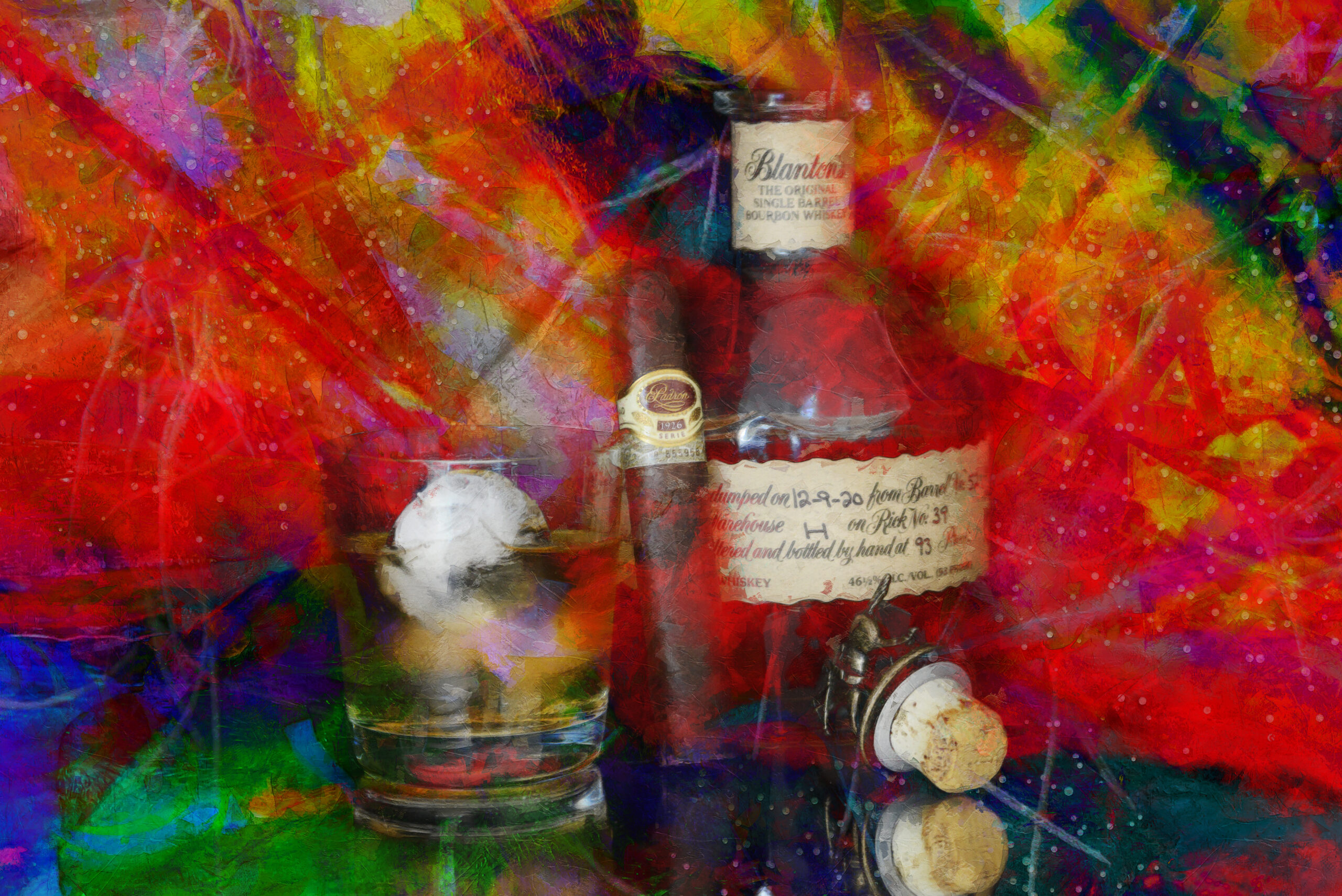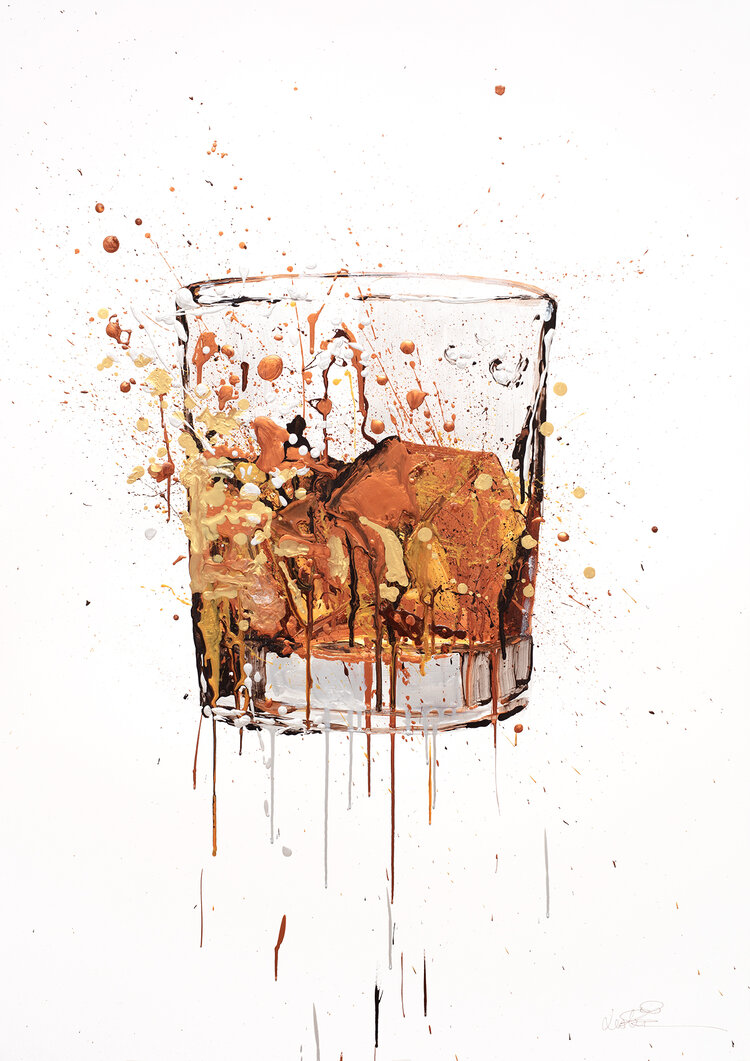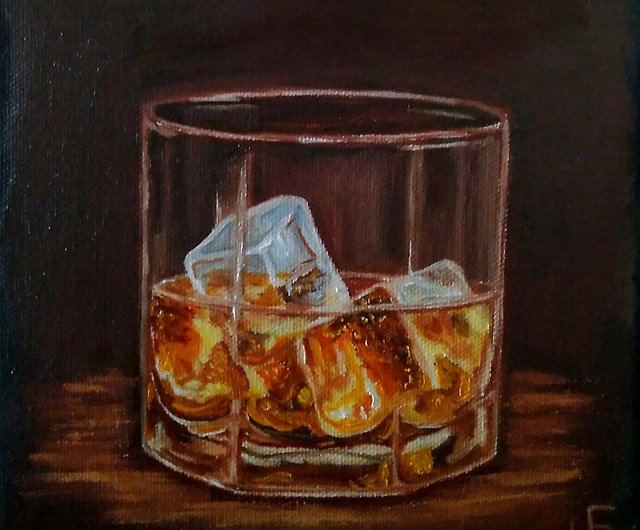Bourbon Art in Contemporary Culture: Where Custom Fulfills Technology
Bourbon Art in Contemporary Culture: Where Custom Fulfills Technology
Blog Article
The Value of Whiskey Art in Celebrating Heritage and Craftsmanship in the Beverage Industry
The intricate relationship between bourbon art and the event of heritage and craftsmanship within the beverage industry can not be overemphasized. Via attentively created tags and bottles, whiskey brand names envelop their historical roots and the artisanal skills that specify their manufacturing techniques. This artistic dimension not just boosts market charm yet also works as a conduit for social narration, promoting a deeper link in between the craft and the customer. As we discover the different facets of this topic, intriguing concerns regarding the effect of contemporary trends on traditional techniques develop, triggering further exam.
The Historic Roots of Whiskey
At the heart of scotch's attraction lies an abundant tapestry of historical origins that map back to ancient human beings. The origins of bourbon can be linked to the purification methods of the Sumerians and Babylonians around 2000 BCE, where early kinds of fermented grain beverages started to arise. However, it remained in the Center Ages that the art of distillation advanced considerably, especially in Ireland and Scotland, leading to the development of bourbon as we know it today.
The term "bourbon" itself derives from the Gaelic word "uisce beatha," indicating "water of life." This expression underscores the cultural relevance of bourbon in Celtic cultures, where it was frequently connected with routines, celebrations, and communal bonding. By the 15th century, distillation ended up being an identified craft within reclusive communities, paving the method for the facility of lawful distilleries.
As profession courses increased, bourbon's appeal grew, transcending regional boundaries and catching the rate of interest of lovers worldwide. Bourbon Art. This historical journey shows not only the craftsmanship behind scotch production however likewise its important role in social and social contexts, noting it as a considerable drink throughout history
Artistic Expression in Branding
Scotch branding stands as a compelling crossway of artistry and business, where visual identification plays a vital duty in forming customer assumption. The aesthetic appeals of scotch labels, packaging, and marketing materials mirror not just the brand name's story but also its core worths and heritage. Through imaginative expression, distilleries convey a story that reverberates with consumers, evoking feelings and stimulating connections.
Using shade, typography, and images in branding serves to set apart items in a saturated market. For instance, typical themes might evoke a feeling of authenticity and workmanship, while contemporary designs can indicate development and forward-thinking. This critical creative instructions enhances brand name recognition and commitment, enabling customers to forge an individual relationship with the scotch they pick.
Furthermore, imaginative expression in branding frequently works as an event of local heritage. Distilleries frequently integrate neighborhood symbols or historical referrals into their styles, developing a feeling of location that welcomes consumers to take part in a more comprehensive social experience. Ultimately, the creativity behind bourbon branding not only enhances visual charm but also enhances the general narrative of the brand, fostering a deeper appreciation for the craftsmanship and heritage ingrained in each bottle.
Craftsmanship in Bottle Style
The virtuosity evident in scotch branding expands beyond visual identity to include the craftsmanship included in container layout. Each container offers as a vessel not simply for the spirit within, however additionally for the tale it informs concerning its quality, tradition, and origin. The design procedure requires precise attention to detail, as elements such as closure, material, and form add dramatically to the total assumption of the scotch.
Craftsmanship in bottle layout entails selecting premium glass that can improve the whiskey's shade and quality, while likewise offering a tactile experience for the customer. The silhouette of the bottle have to be both functional and cosmetically enticing, usually showing the heritage of the brand. Several distilleries go with distinct shapes or printed logo designs that evoke a feeling of credibility and history.
In addition, the label design and typography play a critical function in communicating the brand name's narrative. Bourbon Art. A well-crafted container not only astounds the consumer's eye yet likewise reinforces the brand name's commitment to high quality and tradition. This way, the craftsmanship of container style comes to be a crucial aspect of the scotch experience, combining creativity with an extensive respect for heritage
Social Significance of Bourbon Art
Celebrating practice and craftsmanship, the cultural value of scotch art goes beyond mere aesthetics, intertwining with the historical and social stories of the areas from which it stems. Each container serves as a canvas, depicting the special tales, folklore, and practices that have actually formed local whiskey-making methods. The complex designs typically mirror the heritage of the distillers, incorporating signs and themes that reverberate with the culture and worths of their communities.

Additionally, whiskey art plays an essential role in public gatherings and parties, working as a concrete web link between individuals and their shared experiences. By appreciating the creativity in bourbon packaging, Clicking Here customers grow a deeper understanding and regard for the craft, inevitably enhancing their satisfaction of the beverage itself.
Modern Trends in Scotch Presentation
Over the last few years, the discussion of bourbon has progressed to mirror contemporary tastes and fads while still recognizing conventional workmanship - Realism Art. Distilleries are increasingly concentrating on aesthetic components that enhance the overall drinking experience, connecting the void between heritage and modernity
Innovative bottle styles have actually emerged, commonly including lasting products and creative tags that tell engaging stories. Several brand names currently work together with local musicians, instilling their items with distinct visual expressions that resonate with customers. In addition, limited-edition launches are often packaged in collectible containers, adding worth and appeal for lovers.

Final Thought
In verdict, whiskey art works as a crucial avenue for expressing the heritage and craftsmanship intrinsic in the drink sector. Through elaborate branding, ingenious container layouts, and culturally significant imaginative elements, whiskey brands efficiently recognize their practices and get in touch with customers. This artistic narrative not only elevates the gratitude of scotch however likewise strengthens area identification and satisfaction amongst manufacturers. Eventually, bourbon art plays a crucial duty in preserving and commemorating the abundant social tapestry of whiskey-making.


Workmanship in container design involves picking high-grade glass that can boost the scotch's color and quality, while additionally supplying a tactile experience for the customer. In this method, the craftsmanship of container style ends up being a vital facet of the scotch experience, merging virtuosity with an extensive respect for heritage.
In verdict, scotch art serves as an essential channel for expressing the heritage and craftsmanship inherent in the drink market.
Report this page